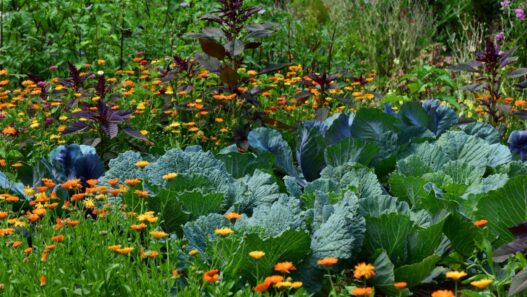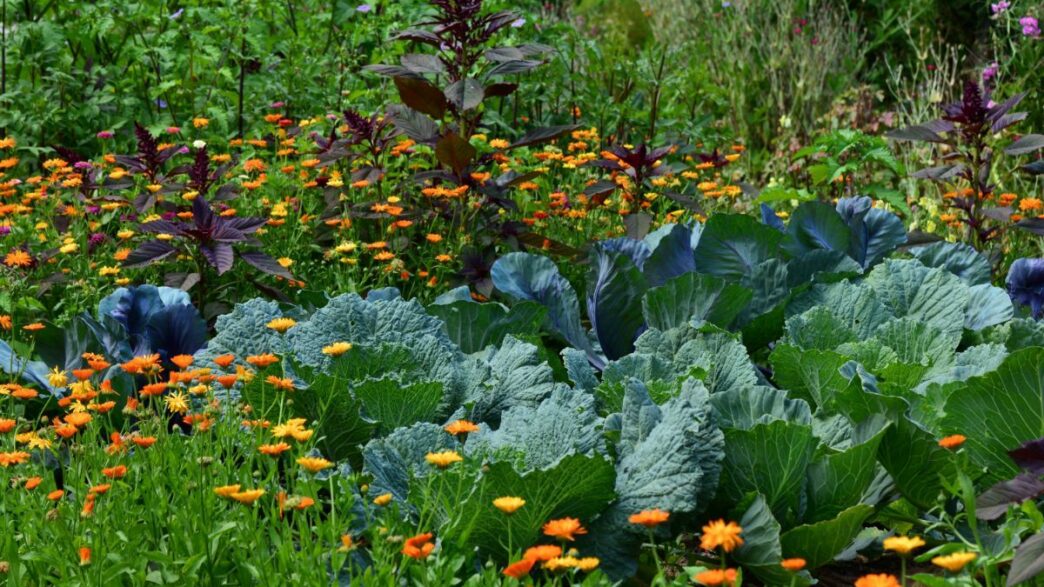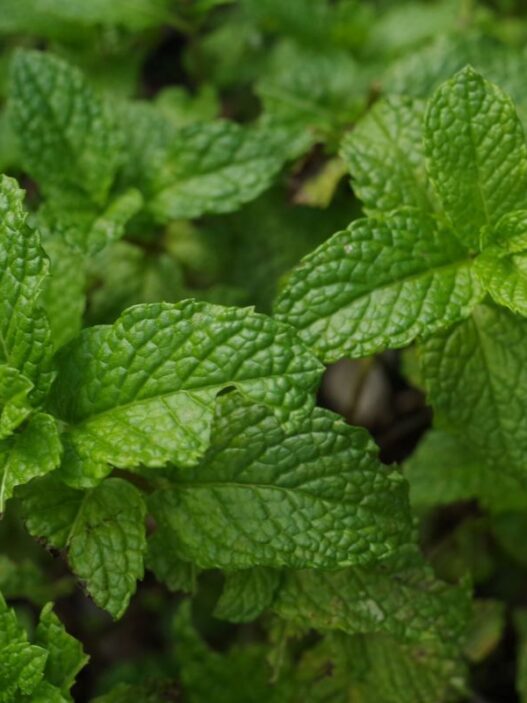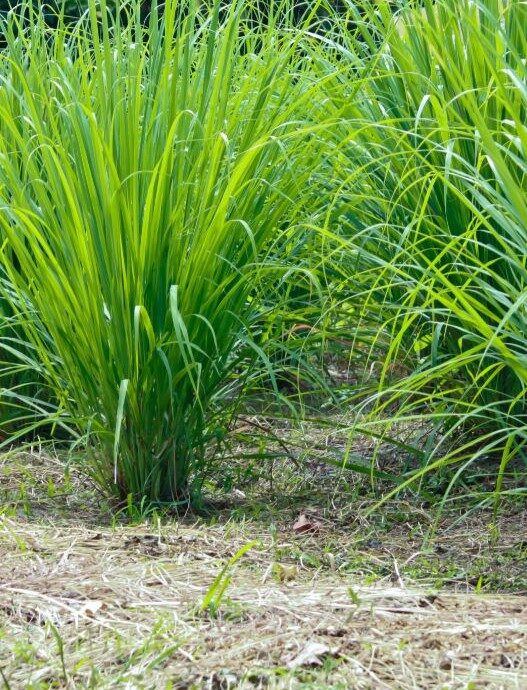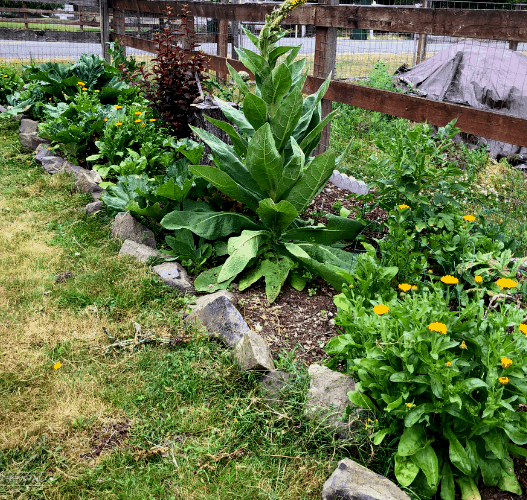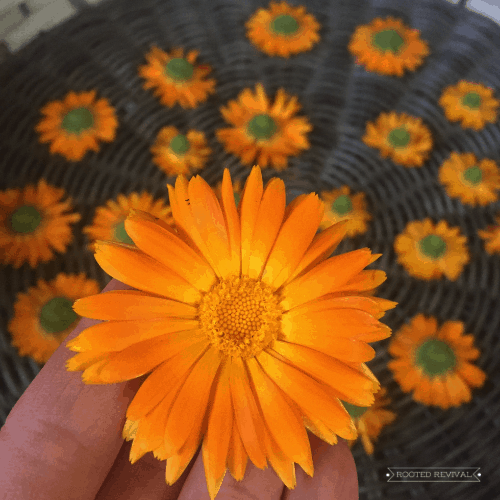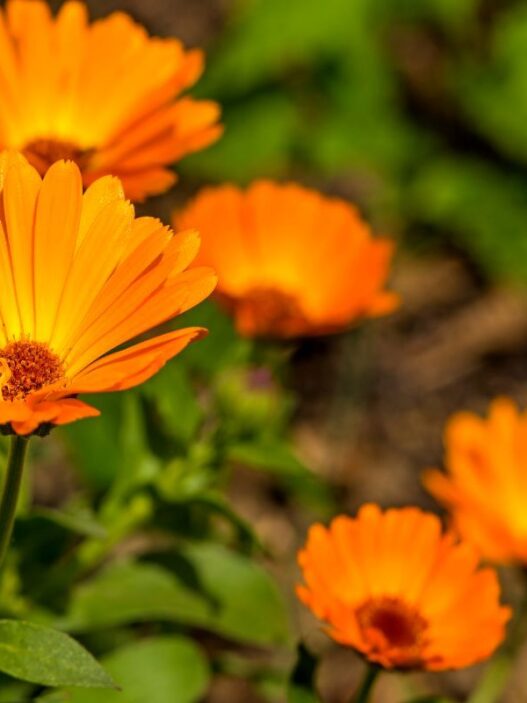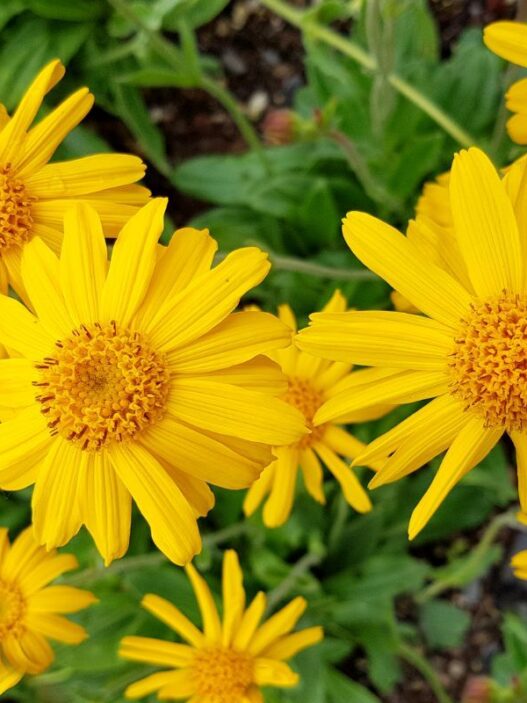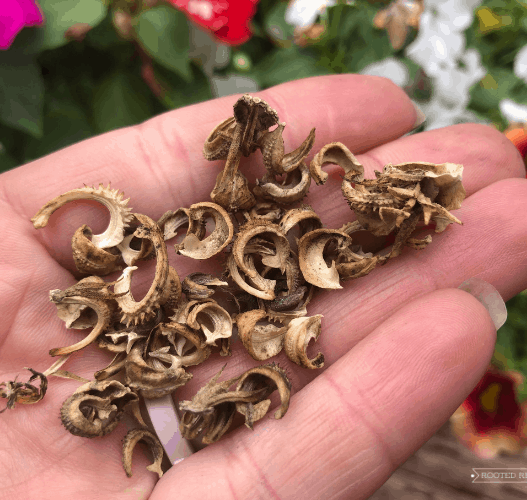As well as looking absolutely frickin gorgeous, marigolds are a real secret weapon of mine in the garden. How? Well, they seem to repel all sorts of bugs! And don’t just take my word for it. This seems to be backed up by the boffins in the scientific world as well.
But what kinds of bugs do marigolds repel?
Marigolds repel at least 9 types of bugs, which are:
- Nematodes
- Aphids
- Whiteflies
- Mosquitoes
- Tomato hornworms
- Cabbage worms
- Bean beetles
- Blackfly
- Thrips
In this post, I’ll take a look at each of these bugs in turn, including:
- What each bug is and how to spot it
- Why it is repelled by marigolds (how the magic works!)
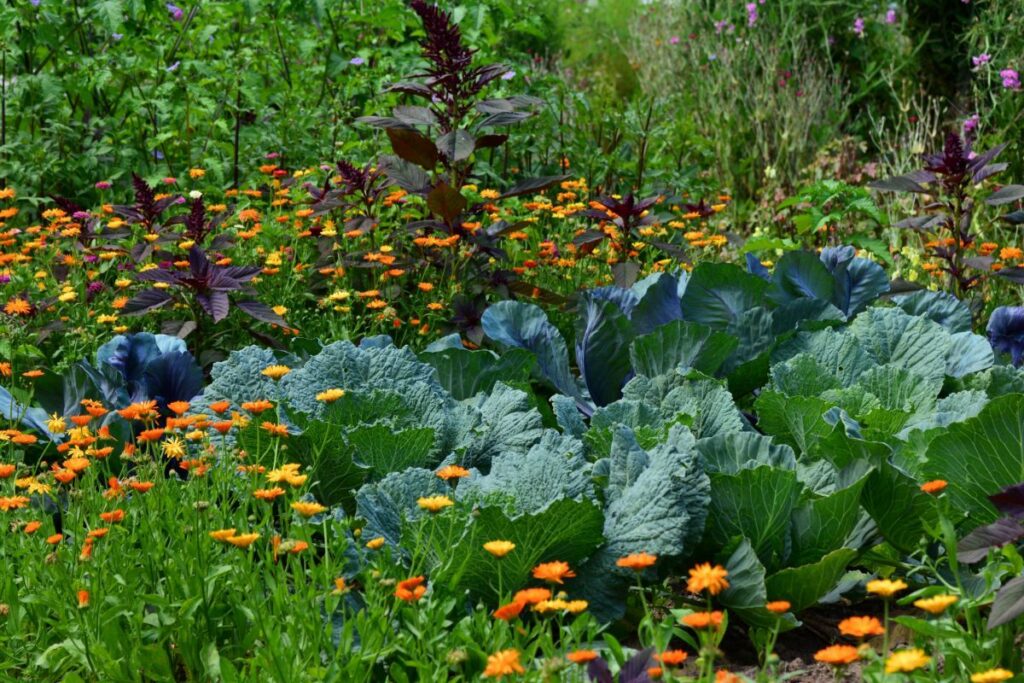
1. Nematodes
How To Identify Them
Let’s start with a weird one!
Nematodes are a bit like tiny worms that live in the soil. Here are a few pointers to help you identify them:
- Nematodes are small pests!
- Most of them are less than 1/10th of an inch long – so seriously tiny – and some are microscopic
- (Not that this is relevant to your garden – but the longest nematodes grow to be over eight yards long and can be found in the gut of sperm whales!)
You often know you have a nematode issue by what happens to your plants. Nematodes can cause:
- Stunted growth
- Yellowing foliage
- Poor overall plant health
- Visible knots or galls in roots
How They Are Repelled
Luckily, marigolds are great at repelling these pretty unpleasant creatures.
This is largely because they contain something called ‘thiophenes’. This is a substance that is toxic to nematodes. (Source)
The chemicals released by marigolds can help to reduce the nematode population in your soil.
2. Aphids
What They Are
Let’s go onto a more well-known bug now – aphids!
These are small, soft-bodied insects. You can identify an aphid because it will be:
- Green, brown, or black in color
- They have a pear-shaped body, with a larger rear and narrower body
- They typically measure between 1/25th and 1/4 of an inch.
You will often find them in your garden in a cluster. They tend to all stick together under leaves.
Infected plants may get yellow and distorted leaves.
How They Are Repelled
Luckily for us, marigols contain a chemical called limonene that is extremely toxic to aphids. (Source)
This is especially useful if you ever have an aphid infestation (not pleasant). Planting marigolds near the infestation can reduce the severity of the problem.
3. Whiteflies
What They Are
Whiteflies are small insects with wings. You can identify a whitefly in your garden from the following features:
- A white moth-like creature (but much smaller)
- An insect with a tendency to flutter up from infected plants when disturbed
- They are often found on the underside of leaves
Whiteflies can do quite a lot of damage to plants, including eating them, and spreading disease.
How Whiteflies Are Repelled By Marigolds
This is another benefit of the ‘thiophenes’ chemical. It is extremely toxic to whiteflies. (Source)
4. Mosquitoes
What They Are
I’m sure you’re all pretty sure what these are. Mosquitoes are probably the ultimate pests of human history!
They are small, flying insects. They can be a real nuisance to gardeners, and can also transmit quite a few unpleasant diseases such as:
- Malaria
- Dengue fever
- Zika fever
- Yellow fever
If you’ve really no idea if what you’re dealing with is a mosquito, then look for their long, thin body, and high-pitched buzzing sound (their famous calling card).
Marigolds were named as one of the 9 plants that help keep mosquitoes away by Healthline.
How They Are Repelled
It appears that marigolds help repel mosquitoes because they secrete a handy chemical called pyrethrum.
This is a natural insecticide (very useful!). This chemical is transmitted in the scent of the flower. This means that if mosquitoes smell the scent, they know to keep away!
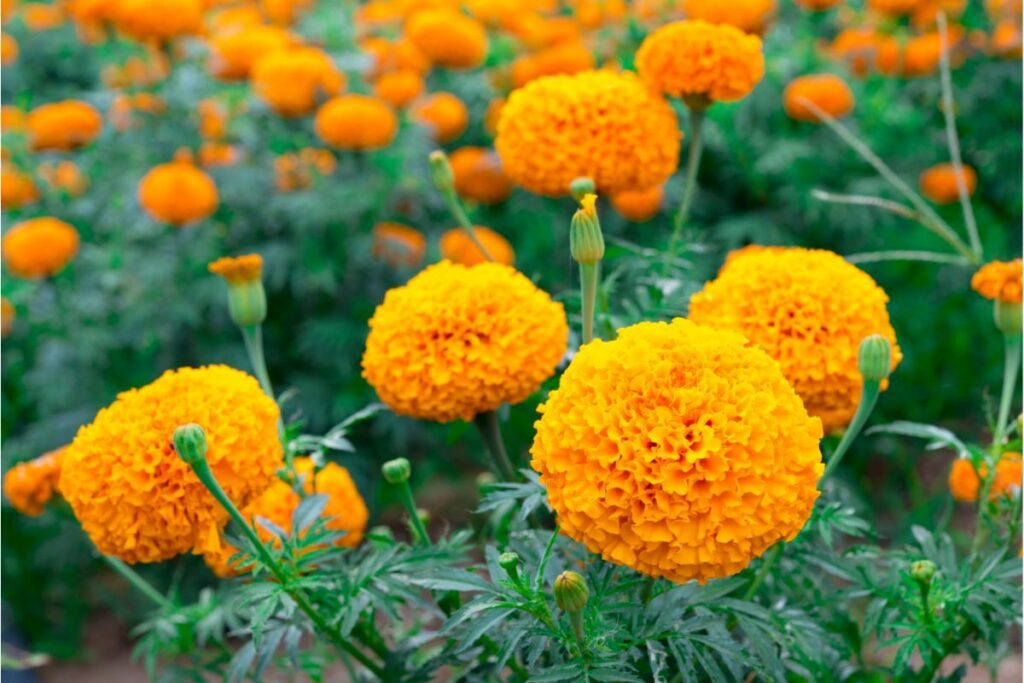
5. Tomato Hornworms
What They Are
Tomato hornworms are like large, green caterpillars. They are named after tomatoes because that’s what they like to eat! (among other things).
Tomato hornworms have:
- A horn-like protrusion at their rear end!
- They are quite large compared to other caterpillars – usually about 4 inches long!
- They have large, fake ‘eyespots’ near their heads (but these are not their real eyes)
The main damage they do to plants is eating the fruit, leaves and the stems of plants. If left unchecked, they will sometimes stip an entire plant!
How They Are Repelled
Tomato hornworms don’t like marigolds because they mess up their sense of smell! (Source)
The marigolds release chemical compounds that interfere with this sense, and that can interrupt the way their feeding patterns, and other behavior patterns too!
6. Cabbage Worms
What They Are
Cabbage worms are actually the larvae of white butterflies. They are just babies!
However, they do a huge amount of damage! Cabbage worms, are particularly fond of…cabbage. Who would have guessed!?
You will notice the following features:
- Small, green caterpillars
- They have light stripes on their bodies
- They tend to feed on the underside of leaves
You will notice the classic caterpillar signs of holes in plants and leaves (particularly anything that looks remotely like a cabbage).
How They Are Repelled
Once again, it is thiophenes that are responsible for repelling cabbage worms.
The odor dispersed by marigolds is also thought to deter or confuse some insects. It also masks the smell of plants (like cabbages) that the cabbage worms are seeking out. (Source)
7. Bean Beatles
What They Are
Bean beatles have the following features:
- They are coppery yellow to coppery brown in color
- They are beetle-shaped (oval)
- They leave oval-shaped eggs on the underside of leaves
- They have 16 black spots on their wings
- They are about a 1/4 of an inch long
They are particularly damaging to beans and legume plants (as you could probably guess).
How They Are Repelled
Thankfully for us, marigolds contain limone. This works to powerfully repel bean beatles. (Source)
It is thought that the smell of limone masks that of other plants (such as beans), which confuses the bean beetles.
8. Blackfly
What They Are
Here are the features of blackflies:
- They are small, black insects
- They congregate on the underside of leaves
- They have a rounded and hump-backed appearance similar to a bumble bee
- They have clear wings
- They have a large head with prominent antennas
How they Are Repelled
Once again, it’s thought that it is the blackflies sense of smell that is impeded by the aroma of marigolds. This masks the aroma of other plants that they like.
9. Thrips
Thrips are tiny and slender insects. They can reap havoc in your garden!
You can identify the following features:
- Thrips are very small. They are between 1/25th and 1/10th of an inch long
- Thrips have elongated bodies
- They have fringed wings
- They have compound eyes.
Thrips can infect the leaves they feed on. They will leave silver or brown scars on leaves, as well as holes in plants.
How They Are Repelled
Thiophenes again! Thrips absolutely hate them!
Any Other Chemicals Found In Marigolds That Are Bug Repellant?
Yes! Marigolds contain a range of compounds that repel bugs (on top of those already mentioned), including:
Alpha – Terthienyl
The roots of marigolds secrete this compound into the soil. It makes it difficult for bugs like nematodes to survive or reproduce.
Pyrethrum
This chemical, contained in marigolds, can paralyze many bugs. It makes it easier for predators to then eat them.
